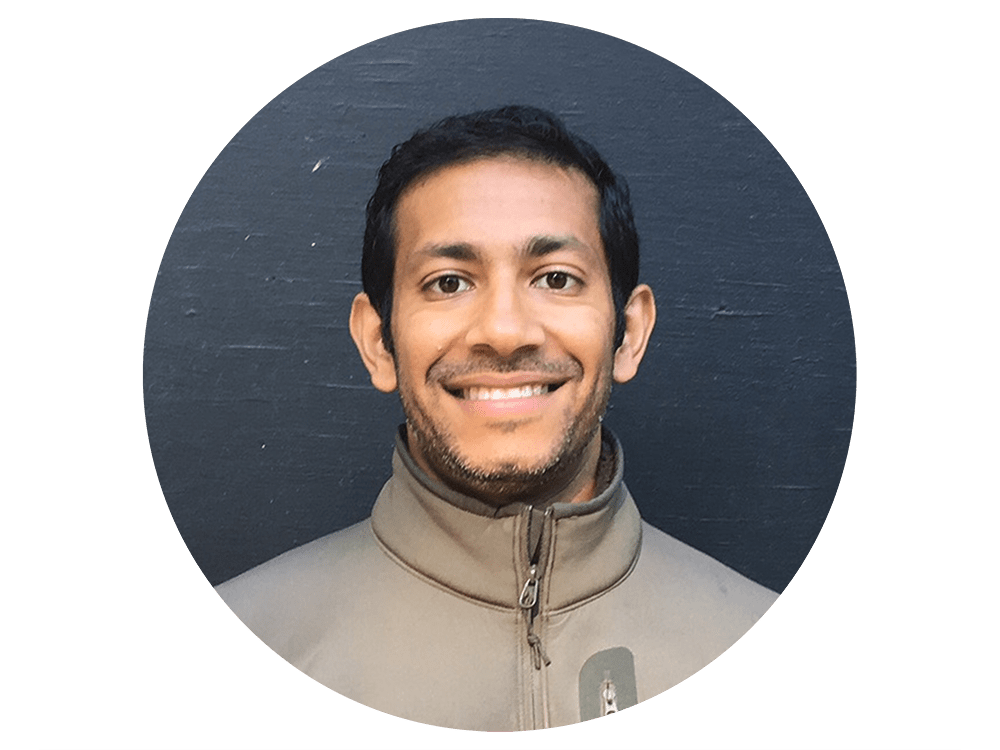Mistake 1 – Assuming A Low Reading Is Always Bad
Chronically low Heart Rate Variability is generally not favorable. However, a single or handful of low HRV readings is not always bad. In fact, strategic acute drops in HRV can be favorable as long as HRV recovers to normal or better levels. Here are a few situations where a low acute HRV is actually desirable.
An acute HRV drop after a hard workout or series of workouts that returns back to normal or better within a few days or weeks’ time. To maintain fitness and health over the long run, you need to have some periods of physical stress and recovery. Failing to adequately stress the body fails to stimulate adaptation, growth, and improvement. Hormetic stressors cause positive adaptation and improvement and keep the system running optimally. Having occasional, strategic drops in HRV with returns to normal or better helps you know that you are adequately stressing your body for long-term growth and adaptation.
A slightly lower HRV compared to a person’s baseline (associated with increased Sympathetic Nervous System activity) on a competition day can be favorable depending on the type of sport and competition style. Sympathetic (fight-or-flight) activation is necessary for performance. The length and type of the competition can play a role when deciding how you want your HRV to be when entering a competition. Short duration strength and power sports benefit the most from Sympathetic activation and are harmed the least by depressed HRV. Longer competitions where intra-competition recovery is a huge factor are sometimes more affected by a depressed HRV and may benefit more from balanced or slightly elevated HRV.
Endurance tapering. When a high volume of low to moderate intensity training is accumulated, HRV can actually increase as training load increases. This can occur both from aerobic stimulation of the parasympathetic branch of the Autonomic Nervous System, as well as from the body trying to recover from an accumulation of low grade stress. Then when an individual begins a taper leading up to a competition, HRV declines and can sometimes dip below the starting point. The optimal drop in HRV during a taper is very individual; however, it is generally acceptable and possibly even favorable for performance for HRV to temporarily drop during a taper.
Strategic acute drops in HRV can be favorable as long as HRV recovers to normal or better levels.
Mistake 2 – Assuming A High Reading Is Always Good
Just as a low HRV reading is not always bad, a high HRV reading is not always good. If a single HRV measurement is abnormally high compared to an individual’s baseline or norm, then it can mean something is off. Here are a few examples of when a high reading does not always indicate better health and resiliency.
- For certain mild illnesses or sicknesses, an elevated immune system can increase Heart Rate Variability. This is favorable for recovery from the illness but should not be seen as an increase in health.
- If an individual is in a state of hyper recovery, their HRV can be abnormally high. When the body accumulates too much stress to the point where it can no longer effectively handle the stress and resources are depleted, the body might force itself into a hyper-recovery mode as a last resort to protect itself. This state is not ideal for long-term health or performance.
- Continuous low grade stressors can cause HRV to be higher in the short term because the body is constantly trying to recover from them. If your HRV is high but you frequently feel fatigued or drained, then you might be exposed to chronic low grade stress that is constantly stealing energy and resources from your body. This is not ideal and over the long-term, if these accumulated low grade stressors are not dealt with, they can eventually cause HRV and health to decrease.
A high reading does not always indicate better health and resiliency.
Mistake 3 – Extrapolating One HRV Reading
The body is in a constant state of flux in response to stressors and recovery processes. As such, one short Heart Rate Variability measurement might be skewed and not capture your “normal” state. One measurement could capture a really good day or a really bad day and not reflect a person’s norm needed to compare those good and bad days to. For example, your HRV the day after staying up all night drinking alcohol will be very different than your HRV on a night where you go to bed early and don’t drink any alcohol.
Even blood tests, which are touted for their accuracy, can be highly skewed by recent nutritional choices, sleep status, and a number of other factors. Similarly, Heart Rate Variability is very sensitive to acute physiological changes. Fortunately, HRV is not an invasive measurement and can be measured frequently to increase accuracy (as opposed to blood lab work).
When trying to understand your HRV and systemic condition, it is important to take several days’ worth of measurements within a week (ideally over several weeks) to ensure that the single day was not an outlier. This also increases the confidence of the baseline values that can then be used to more effectively set health and performance goals and to assess progress towards those goals.
One short Heart Rate Variability measurement might be skewed and not capture your “normal” state.
Mistake 4 – Inconsistency Between Readings
In order to minimize confounding factors or misleading results, consistency between HRV measurements is extremely important. Performing as “repeatable” and consistent measurements as possible over time allows for more accurate and relevant comparisons. When you are using HRV trends to assess and base important health and performance decisions on then you want to make sure you are comparing “apples to apples” and not “apples to oranges.” Factors that affect repeat-ability and comparability include:
- Body position – Whether you choose to sit, stand, or lay during a measurement, make sure you consistently use the measuring position every time for comparable readings. Torso angle while sitting is also very important and has been shown to affect HRV.
- Time of day (try to target the same 1 hour window each day) – Circadian rhythm has a strong effect on HRV throughout the day.
- Activity before the HRV reading – Exercising, conversing, eating, caffeine, etc. all affect HRV. For best comparability between readings try to perform the same activities between readings in which you intend to compare (for example, take baseline readings soon after waking up)
Performing as “repeatable” and consistent measurements as possible over time allows for more accurate and relevant comparisons.
Mistake 5 – Only Measuring on “Important” Days
It is tempting to only measure HRV on “important” days such as workout days or days that you know you will have stress. Only measuring on important days means you are likely missing the bigger picture and could even be missing unexpected, but important changes that happen on non-important days.
Since stress and recovery parameters are cumulative, non-important days can still heavily influence your systemic condition as measured by HRV. The introduction of unplanned for stressors through diet, the environment, social/emotional situations, or poor quality sleep can all impact your HRV and your systemic condition.
Measuring HRV infrequently also decrease the accuracy of and confidence in your HRV values. This can lead to poor decision making and a false sense of “readiness” or a false understanding of the state of your Autonomic Nervous System (ANS). Elite athletes with consistent high-volume training need to measure at least three days per week as determined by Dr. Plews et al. The New Zealand High Performance sports research team also found that people with less structured training should measure HRV at least five times per week which also corroborates my personal experience working with thousands of individuals directly over recent years.
Since stress and recovery parameters are cumulative, non-important days can still heavily influence your systemic condition as measured by HRV.
Mistake 6 – Not Putting the HRV Readings into Context
We like to call HRV “the glue marker”. It is a powerful biomarker that binds together other subjective and objective data for more effective decision making. When measured alone, without any other context, HRV tells you the general state of your nervous system and health but cannot tell you what is causing or affecting your condition.
Tracking HRV in conjunction with additional context such as energy levels, fitness tests, sleep quality, a food log, etc. can help you identify what specific lifestyle factors are most affecting your systemic health and progress.
What you track alongside HRV depends very much on your goals, and working with a coach or health practitioner is hands down the best way to determine what additional metrics to pay attention to.
Some common examples include:
- Perceived energy levels or fatigue
- Muscle soreness
- Body weight
- Blood pressure / glucose
- Drop jump force output testing
When measured alone, without any other context, HRV tells you the general state of your nervous system and health but cannot tell you what is causing or affecting your condition.




